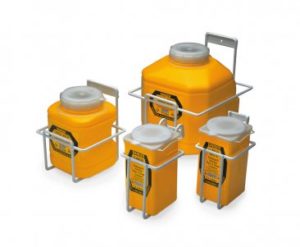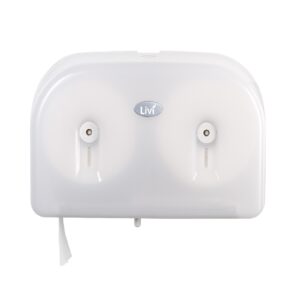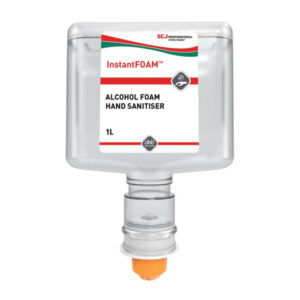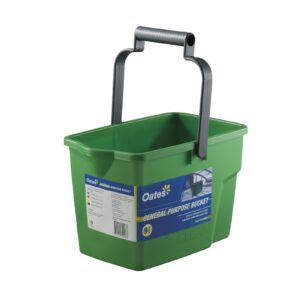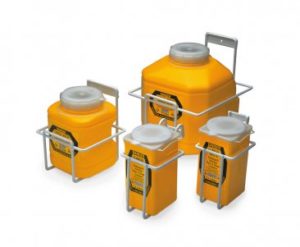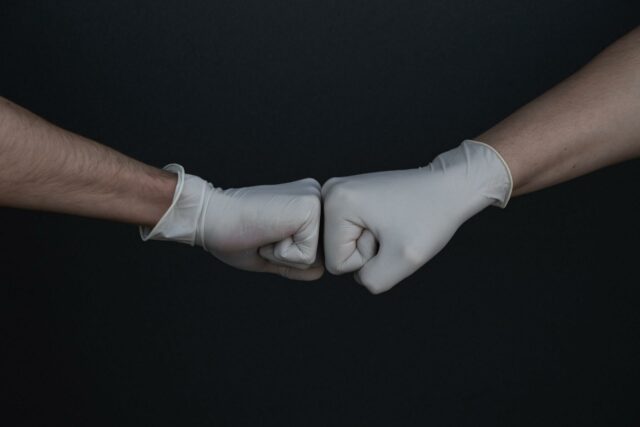Posted on 24/06/2021
Germ’s journey starts in The Washroom
The Washroom Is Where A Germ Begins Its Journey
Germs, bacteria, and viruses can be found in any environment. They are in the air we breathe, in the water, on the ground, and on almost any other surface, including our bodies. Some of the bacteria are harmless to humans, and some are even beneficial.
Many bacteria, on the other hand, can cause serious diseases and even death. Controlling the spread of germs is critical for maintaining a healthy house. However, the things we do or don’t do might sometimes allow germs to thrive in our midst.
Moreover, approximately every four office workers admit that they are not washing their hands after using the restroom, putting facilities at risk of contagious illnesses and infections.
Hence, companies should be on the lookout for novel ways to handle the continual risk of cross-contamination in order to urge visitors and employees to wash their hands correctly.
Read on to find out ways that you are unknowingly helping germs travel through your office and useful tips on eliminating their spread.
The Spread Of Germs
It’s critical to realize that germs (microorganisms) can be found wherever. Our belly buttons alone are home to a bacterial colony, which isn’t always a bad thing. What we should concentrate on is stopping the transmission of bacteria, viruses, and fungus that cause illness. We advocate frequent, thorough handwashing with conventional soap and water, as well as the use of an alcohol-based hand sanitiser on occasion.
Let’s examine some other effective ways to stop the spread of germs and bacteria in the office.
How many germs are in your bathroom?

These hotbeds of bacteria and fungi, according to Manchester University researchers, are associated with health disorders such as Legionnaires’ disease, Crohn’s disease, and general skin, hair, eye, and ear complaints. After a typical toilet visit, each hand contains roughly 200 million bacteria per square inch. Isn’t it terrifying?
Not only are there hundreds of millions of them, but they can also spread throughout your bathroom, including the sink and shower walls. Furthermore, according to a survey of 100,000 people, 62% of men and 40% of women do not wash their hands after using the restroom! And what’s the solution for that? Simple, wash your hands!
What can you do to minimise bathroom germs?
- Hands should be washed in warm, soapy water
- Clean your shower, shower curtains, and bathroom floor on a regular basis.
- Keep in mind that your bathroom is a breeding ground for bacteria. It is critical to keep your bathrooms clean on a regular basis in order to maintain optimum hygiene.
- Using the same towel more than 4-5 times is not recommended.
- When flushing, close the toilet lid to avoid the spread of harmful microorganisms and bacteria.
The importance of handwashing:
You can easily catch germs on your hands in the restroom, and if you don’t wash them correctly, you might end up carrying them with you. If you consume your lunch with those unwashed hands, those germs could sneak into your body and make you sick.
Washing your hands removes the germs from the washroom, safeguarding you and others. When using a public restroom, you should take extra care in addition to washing your hands. The fewer surfaces you come into contact with, the better. On your way out, use a paper towel to turn on the faucet and open the door.
Hands should be washed with soap to eradicate germs. This aids in the prevention of illnesses because:
- Without even realizing it, people routinely touch their eyes, noses, and mouths. Germs can enter the body through the eyes, nose, and mouth, causing us to get ill.
- Germs from unwashed hands can contaminate foods and beverages as they are prepared or consumed. Under certain conditions, germs can multiply in specific meals or drinks, causing people to become ill.
- Unwashed hands can transfer germs to other things, such as handrails, table surfaces, or toys, and then to another person’s hands.
- Handwashing, by removing germs, helps to prevent diarrhea and respiratory illnesses, as well as skin and eye problems.
Handwashing helps battle the rise in antibiotic resistance
By preventing illness, people will use fewer antibiotics and will be less likely to develop antibiotic resistance. Hand washing can prevent approximately 30% of diarrheal illnesses and approximately 20% of respiratory infections (e.g., colds).
By reducing the number of these infections, people can avoid overusing antibiotics, which is the single most important factor in antibiotic resistance around the world. Handwashing can also help people from becoming ill with bacteria that are resistant to drugs and difficult to treat.
Hand-washing: a step-by-step guide
Given that 95% of people don’t wash their hands properly, here’s a fast guide:
- Wet your hands completely. It makes no difference what temperature the water is.
- Lather your hands: backs, palms, fingertips, and beneath fingernails with soap.
- For a minimum of 20 seconds, scrub your hands. If you think you’re a master hand-washer, think again. The typical individual spends only six seconds cleaning.
- Properly rinse your hands.
- Dry your hands thoroughly.
Concluding Thoughts:
It’s more crucial than ever to practice basic toilet cleanliness in the wake of the COVID-19 pandemic.
But are you paying attention to the details, the ones that could unintentionally create a breeding ground for germs and bacteria?
To eliminate the spread and harm of bacteria and germs in the washroom make sure to wash your hands properly and follow the other tips mentioned in this article.
Hospeco provides you with all the necessary solutions for handwashing and washroom hygiene.




